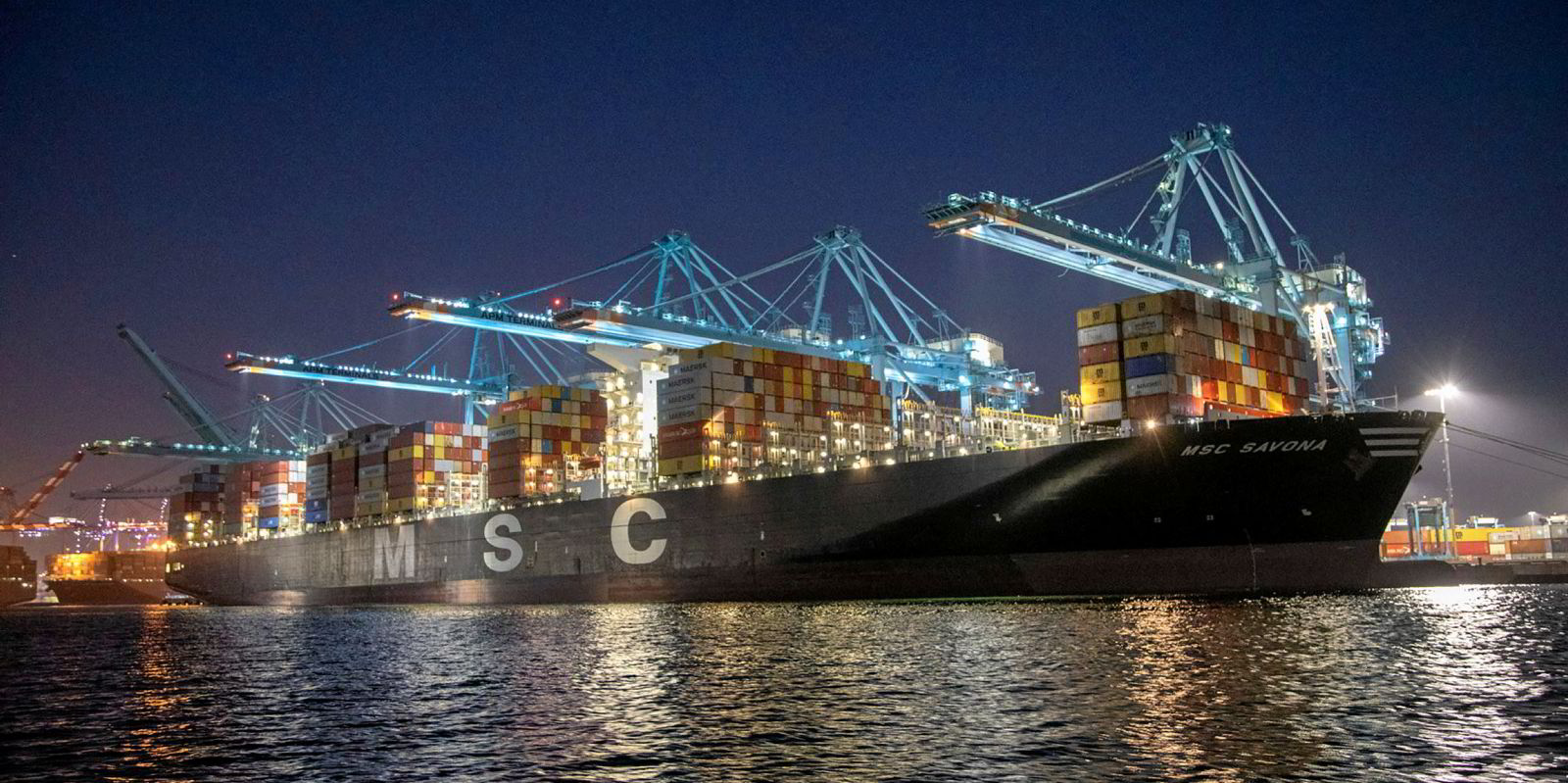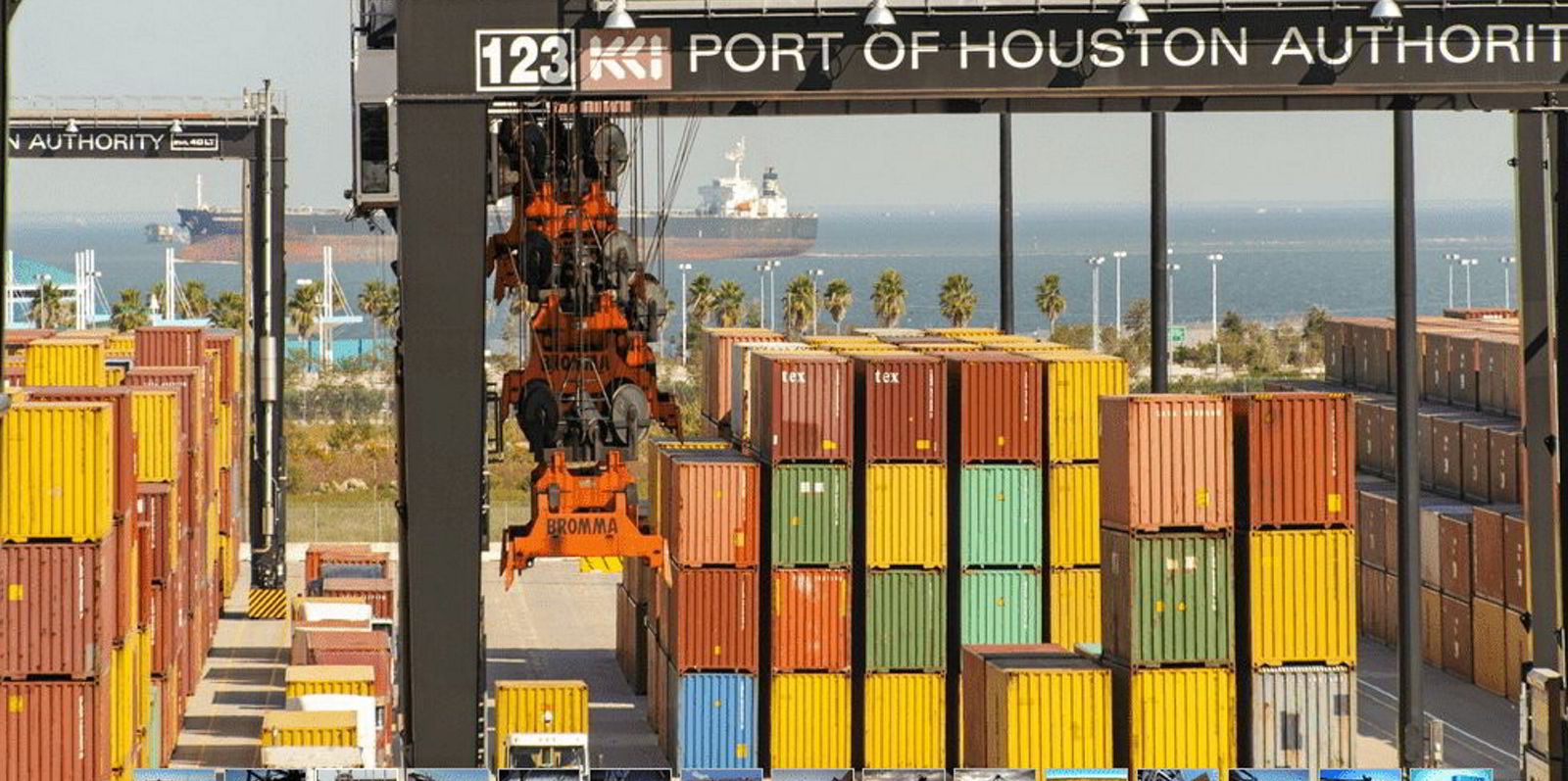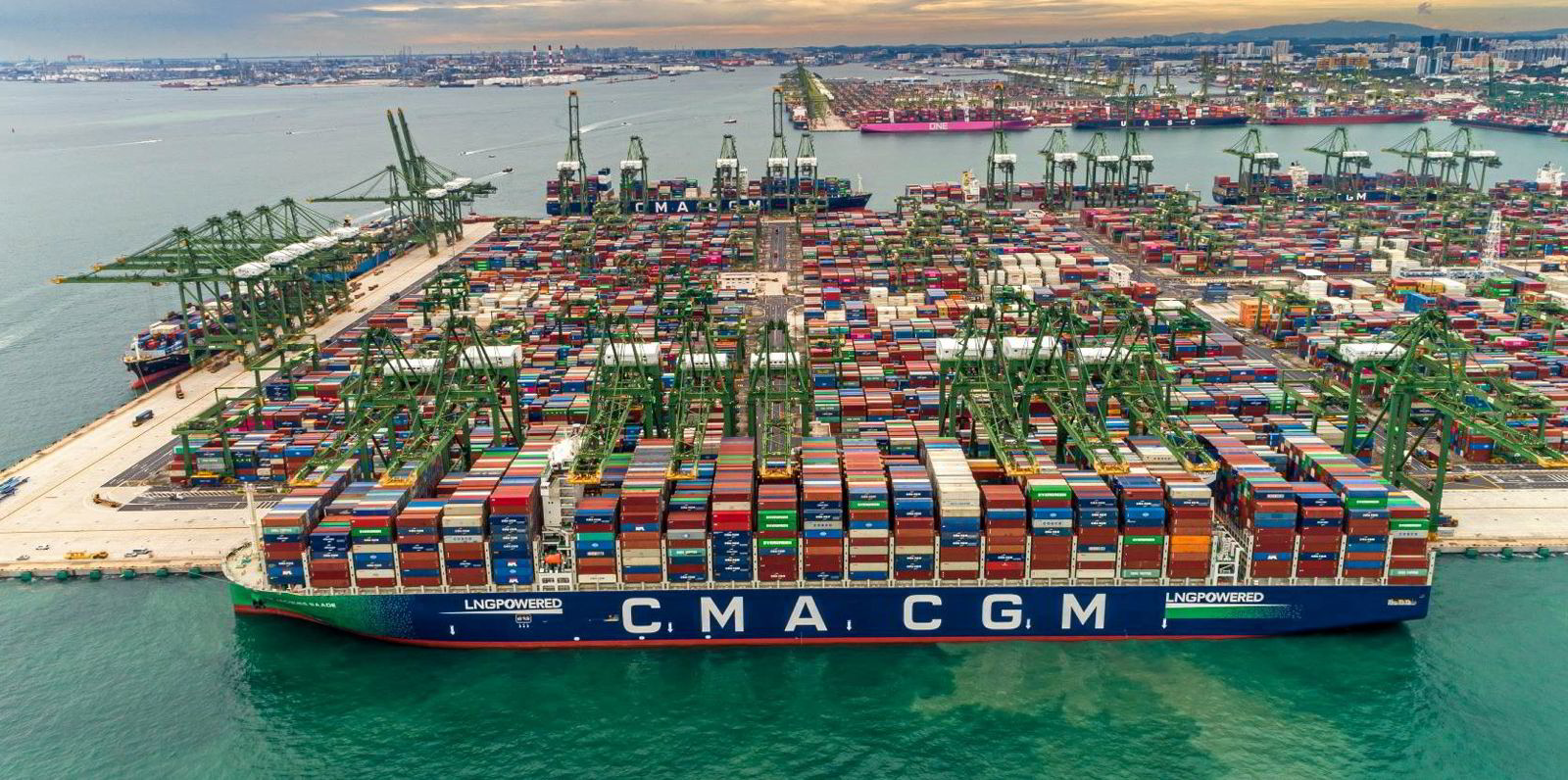Ports on the US East Coast are now dealing with the same container ship congestion woes that plagued West Coast ports during the pandemic as shippers reroute cargoes there in search of less crowded terminals.
Georgia’s Port of Savannah is particularly congested, as 40 vessels waited for berths on Friday, according to port data. The port saw its box volume rise to 5.76m teu in the fiscal year ending 30 June, an 8% jump from the prior 12 months.
“No port has seen as sharp an increase as Savannah,” Blue Alpha Capital founder John McCown said in a report.
He said that the ship backlog is six times what the port can handle efficiently and leads to anchorage wait times of up to two weeks.
There are 265,000 seaborne containers currently headed to the port — up from 215,000 boxes last fall — yet the facility has been able to reduce wait times to eight days, thanks to the Savannah Harbor Expansion Project finished in March.
“Intermodal containers are moving even faster,” port officials said in a statement.
“Import containers cleared for transit are moving from ship to rail in an average of two days.”
APM Terminals-owned container facilities at the Port Authority of New York and New Jersey are also facing backups that have risen to average waiting times as high as 50 hours, according to VesselsValue.
“This is far higher than last year’s levels, which rarely exceeded 20 hours,” senior trade analyst Vivek Srivastava wrote in a report.
“As container lines reposition services away from the US West Coast, where waiting times hit once-in-a-generation levels over the global Covid-19 pandemic, the strain on East Coast logistics has increased considerably.”

US ports took in 2.17m teu of containers in June, the fourth highest monthly volume ever and 5% higher than the average monthly volume over the past two years, McCown noted.
This record influx of boxes showed that “volume gains from increased consumer spending on tangible goods were evident”, he said.
“In that measure as in others, there was a coastal difference with inbound volume at East/Gulf Coast ports 8.7% above that 24-month average while West Coast ports were only 1.5% above,” he said.
“The port congestion situation has morphed from primarily impacting the West Coast to where it has shown up on all coastal ranges.”
There were as many as 100 ships waiting in San Pedro Bay in October for berths at the ports of Los Angeles and Long Beach, prompting them to threaten levying container-dwell fees.
That number has dwindled to normal levels as a result of shippers’ heading to East Coast ports and Washington’s push to get ports to operate 24 hours a day.
This “eastward shift” has also led to container congestion at the Port of Houston, which has 20 boxships waiting for berths, and the Port Authority of New York and New Jersey, which has 17 vessels waiting on average, McCown said.
“This whack-a-mole effect where relief on the West Coast resulting from deployment changes led to moving some of that congestion to East/Gulf Coast ports is yet another example of the network effects within container shipping systems that have been evident throughout the pandemic,” he said.
“The present port system is not in a position to accommodate the geometric growth on the foreseeable horizon. Containers can’t be endlessly stacked ever higher in existing terminals.”







